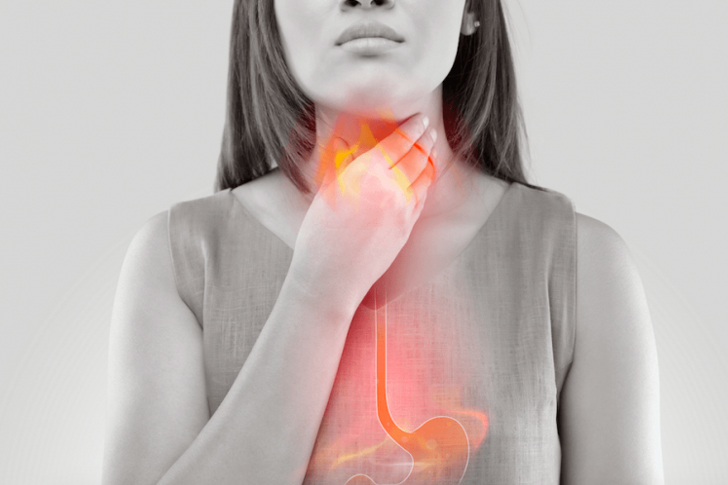Understanding Early Indicators of Esophageal Cancer
Esophageal cancer, a serious and potentially lethal disease, begins in the tissues of the esophagus — the muscular tube that moves food from the throat to the stomach. Understanding the early signs and risk factors of esophageal cancer is crucial for early detection and effective treatment. In this article, we explore some vital information related to the early indicators of esophageal cancer, highlighting key statistics and factual data.

Risk Factors Linked to Esophageal Cancer
Several risk factors increase the likelihood of developing esophageal cancer. These include both lifestyle-related and genetic predispositions. Predominantly, tobacco use, heavy alcohol consumption, and a diet low in fruits and vegetables significantly heighten risk. Also, certain medical conditions like gastroesophageal reflux disease (GERD) and the precancerous condition known as Barrett’s esophagus are linked to a higher incidence of esophageal adenocarcinoma, one of the main types of esophageal cancer. Additionally, according to the American Cancer Society, esophageal cancer is more prevalent in men than in women, and the risk increases with age, particularly after 45.
Early Symptoms of Esophageal Cancer
Early-stage esophageal cancer typically does not present clear symptoms and is often discovered incidentally during tests for other conditions. However, some early signs might hint at its onset. Difficulty in swallowing (dysphagia) is usually the first symptom noticed by those who develop esophageal cancer. Initially, it may only occur with solid foods, but as the tumor grows, even liquids might become hard to swallow. Other early symptoms might include inexplicable weight loss, chest pain or discomfort, heartburn, or an acid reflux that becomes persistent and unresponsive to standard treatments.
While these symptoms are common for various less serious conditions, persistent or worsening signs should prompt medical consultation. According to a 2021 study, patients who noticed these symptoms and sought early diagnostic tests had a higher rate of survival compared to those who waited until symptoms became more severe.
Diagnostic Procedures for Early Detection
Detection of esophageal cancer at an early stage significantly enhances treatment efficacy. Various diagnostic tools are employed to detect and confirm the presence of cancerous growths in the esophagus. The most common method is an upper endoscopy, which allows doctors to examine the inside of the esophagus with a thin, flexible tube equipped with a camera. If abnormal tissue is detected, a biopsy can be performed concurrently to determine if the cells are cancerous.
For individuals at higher risk of esophageal cancer, such as those with long-standing GERD, Barrett’s esophagus, a history of smoking, or heavy alcohol use, regular screenings are advised. The use of non-invasive imaging tests and advancements in endoscopic technology have improved the rates of early detection.
Statistical Outlook and Survival Rates
According to the National Cancer Institute’s Surveillance, Epidemiology, and End Results Program (SEER), the overall 5-year survival rate for esophageal cancer is approximately 20%. However, if the cancer is detected and treated before it spreads beyond the esophagus, the 5-year survival rate can increase significantly. Specifically, localized esophageal cancer has a 5-year survival rate of about 47%. These statistics highlight the critical importance of early detection and immediate start of treatment.
Preventive Measures
While not all cases of esophageal cancer can be prevented, there are measures that can reduce the risk. Avoiding tobacco products, limiting alcohol intake, maintaining a healthy diet rich in fruits and vegetables, and managing body weight have all been shown to reduce the risk. For those with GERD or Barrett’s esophagus, effective management and regular check-ups are crucial preventive measures.
Taking proactive steps such as changing dietary habits, routine medical screenings for those at high risk, and paying attention to the early symptoms can contribute significantly to lowering the risks and impacts of esophageal cancer.
Conclusion
Recognizing the early indicators of esophageal cancer and understanding the associated risks can lead to timely and potentially life-saving interventions. Although some symptoms might be indicative of less severe conditions, their persistence warrants medical attention. Emphasizing prevention, prompt diagnosis, and immediate treatment, can dramatically improve survival rates and quality of life for those affected by this challenging disease.







Recent Comments